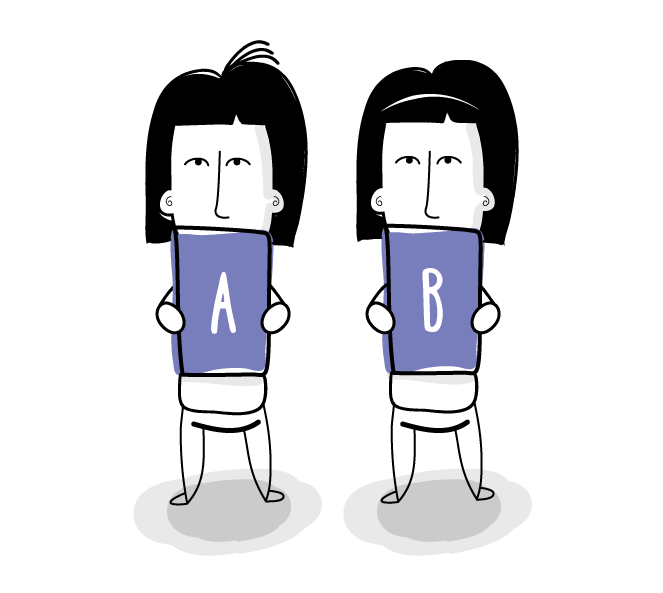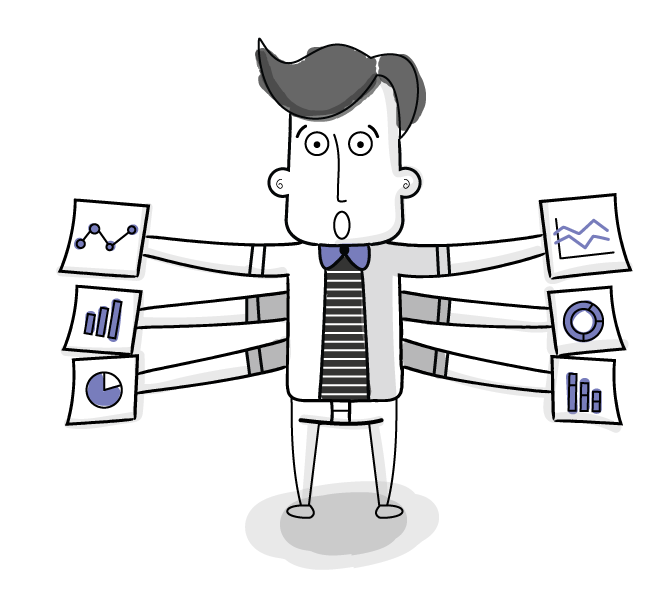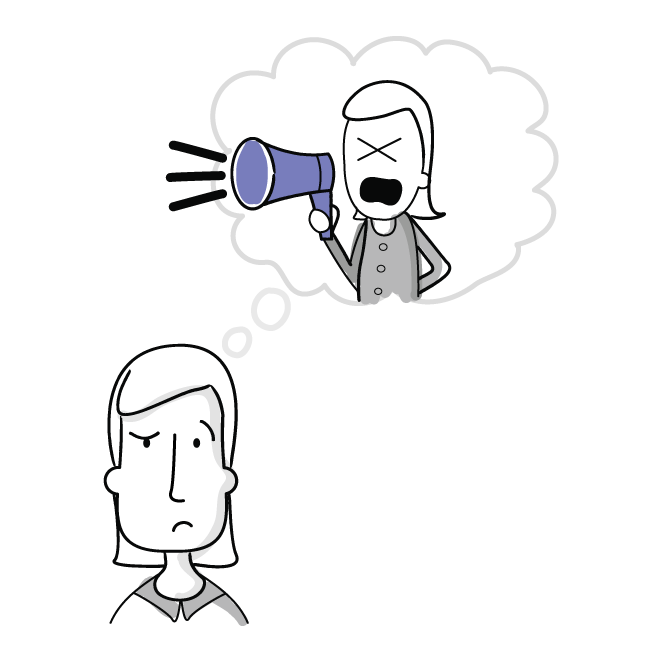Lab
Goal
To measure is to know
Be certain your solution works and is relevant for the end-user. Will your design work out the way you intended it to?

A/B Testing

Why?
A minor change in a design may alter user behaviour in ways that are hard to detect in a usability test. An A/B test allows you to compare real-world user behaviour across different versions of the product.
More infoBiometrics

Why?
To get objective data about users' attention and physical state.
More infoField Trial

Why?
Participants never act completely naturally in a lab setting, so consider testing your product in the 'wild'. This can be particularly valuable when real-life disturbances are important for your design, as is the case with mobile apps.
More infoOnline analytics

Why?
Gain insights from real usage statistics in order to continue improving a website, app or social media campaign after it is in use, or monitor it's use for marketing purposes.
More infoSecurity test

Why?
Connected products and online services are prone to misuse by rogue users. Security tests identify weaknesses of the system and thus help prevent misuse.
More infoThinking aloud

Why?
Understand the reasons behind user behaviour, or uncover the mental models of the user in a usability test.
More infoUsability Testing

Why?
Detect problems users have with your design and correct these before the product goes live.
More infoWizard of Oz

Why?
A Wizard of Oz: acting out the systems functionality, can help when a system has not been build yet, but a realistic user test is necessary to drive design.
More info